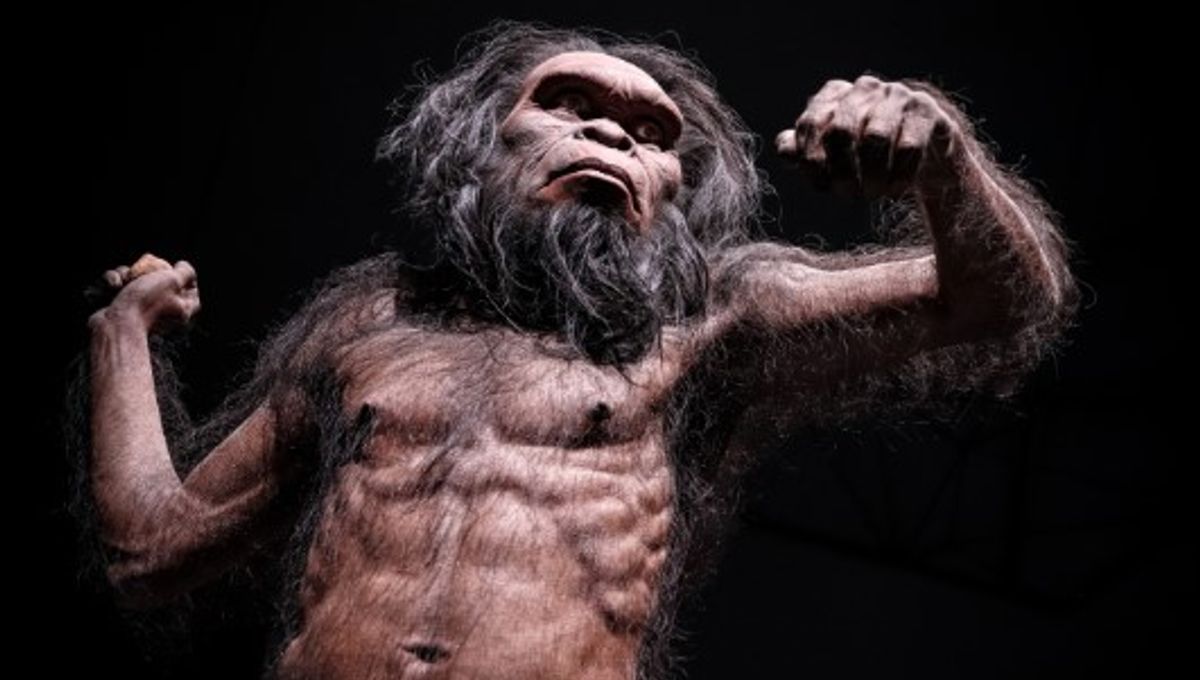
What makes a human human? Is it underpants? Whatever it is that sets us apart from the rest of the animal world, it’s hard to pinpoint the exact moment in history when we became fully human, and there are a few different candidate species that could have been the first.
Planet Of The Apes
Humans who study humans – also known as anthropologists – have figured out that our lineage diverged from that of chimpanzees around seven million years ago, although it took a long time after this split for the Homo genus (denoting true humans) to emerge. First, we spent a good few million years faffing around as ape-like hominids known as Australopithecines, with the most famous of these being Lucy, a 3.2-million-year-old member of the species Australopithecus afarensis.
Eventually, these primordial human-ish creatures started to develop larger brains and other morphological characteristics that more closely resemble our own. The oldest known example of such a specimen was unearthed in Ethiopia as recently as 2013 and is thought to have lived around 2.8 million years ago, with the discoverers proudly announcing their fossil as the earliest member of the Homo genus.
Whether or not this unnamed species actually represents the oldest human is, however, a matter of great debate. For starters, the researchers only found half a jawbone, so there’s a lot we don’t know about how this animal’s morphology compares to our own.
Then there’s the fact that humans are far more than just flesh and bone, with some scholars believing that the true mark of our genus can be found in behavioral traits like artistic expression and funerary practices. Based on the age of this specimen and its lingering similarities with Australopithecus, it’s highly unlikely that it was capable of symbolic representation, using fire, or any of the other advanced behaviors that define humans.
It also didn’t wear underpants.
The Dawn Of Humanity
The oldest named human species is Homo habilis, which first appeared in East Africa around 2.4 million years ago. Discovered in Tanzania in 1960, this ancient specimen ticks many of the boxes required to ditch the Australopithecus label, displaying an enlarged brain case and showing evidence of being a proficient tool-maker.
However, not everyone is ready to accept this species – whose name literally means “Handy Man” – into the Hall of Humanity. For instance, there are those who point out that Homo habilis still bears a pretty strong resemblance to the ape-like Australopithecines, with its apparent lack of adaptation for long-distance walking receiving particular scrutiny.
With question marks still lingering over both of the aforementioned species, the earliest undisputed human is Homo erectus, which emerged in Africa around two million years ago and later spread across much of Asia, reaching as far as China and Indonesia. The first species to display the characteristic physical proportions of modern humans, Homo erectus’s successful migrations are thought to qualify it as a member of our globetrotting genus.
There’s also evidence that Homo erectus mastered the use of fire, cooked food, and developed more sophisticated tools than its predecessors. All of these traits combined have left anthropologists in no doubt that this was indeed a human species, although opinions remain split over whether or not it was the first.
Source Link: What Was The First Human Species, And What Makes It Human?